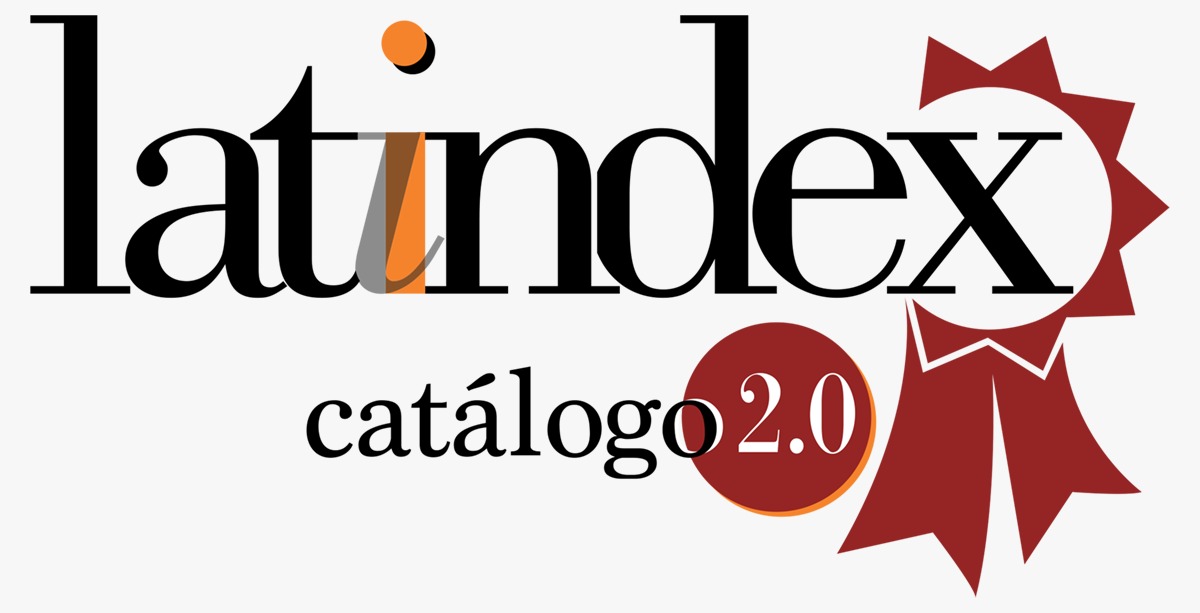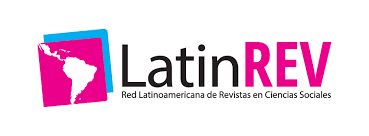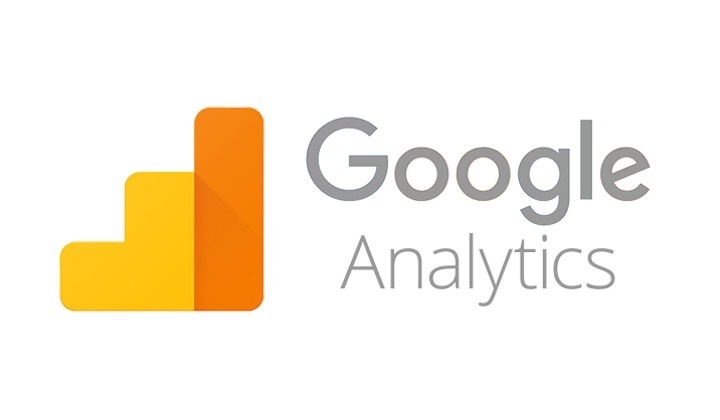Educación virtual en contextos de desigualdad digital: el caso de la conectividad en estudiantes de una universidad pública de Lima
DOI:
https://doi.org/10.47865/igob.vol8.n29.2025.403Palabras clave:
educación virtual, conectividad, aula virtual, estudiantes universitarios, Covid-19Resumen
El presente estudio tuvo como objetivo principal analizar la relación entre la educación virtual y la conectividad en estudiantes pertenecientes a una universidad pública de Lima. La investigación se enmarcó en un enfoque cuantitativo, utilizando un diseño básico, no experimental y de nivel descriptivo-correlacional. Para la recolección de datos se emplearon dos encuestas estructuradas que evaluaron, por separado, las dimensiones de la educación virtual y la conectividad. La muestra fue de tipo intencional y estuvo compuesta por 80 estudiantes universitarios.
La fiabilidad de los instrumentos fue comprobada mediante el coeficiente alfa de Cronbach, obteniendo un valor de 0,858 para el cuestionario referido a la educación virtual y 0,731 para el que abordó la conectividad, lo que garantiza niveles adecuados de consistencia interna. El procesamiento de los datos se realizó mediante análisis estadísticos descriptivos e inferenciales, utilizando el software SPSS. Para la prueba de hipótesis se aplicó la correlación de Rho de Spearman, identificándose una significancia estadística en ambas variables, con valores de p inferiores a 0,05. Esto permite afirmar la existencia de una relación positiva, sólida y significativa entre la calidad de la educación virtual percibida y el nivel de conectividad de los estudiantes.
Descargas
Descargas
Publicado
Cómo citar
Número
Sección
Licencia

Esta obra está bajo una licencia internacional Creative Commons Atribución-NoComercial-CompartirIgual 4.0.
Esta obra está bajo una licencia internacional Creative Commons Atribución-NoComercial-CompartirIgual 4.0.
















